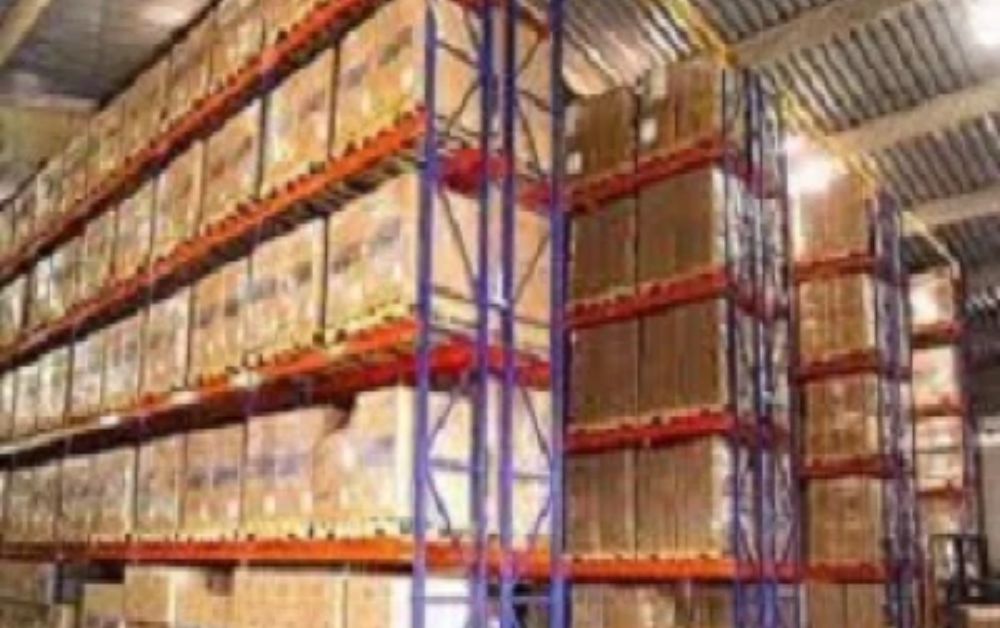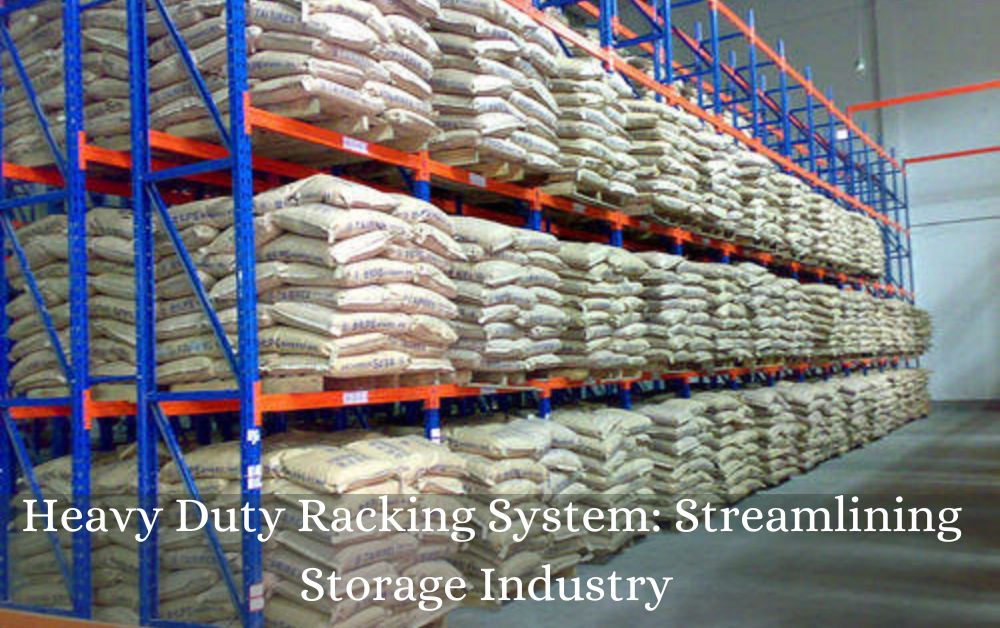In the world of warehousing and industrial storage, efficient space utilization is a game-changer. Heavy-duty racking system have emerged as the backbone of organized storage solutions. They play a pivotal role in optimizing warehouse space, enhancing productivity, and ensuring seamless operations across various industries. In this comprehensive guide, we’ll simplify the heavy-duty racking system, breaking down complex concepts into simple, easy-to-understand terms.
Understanding the Heavy Duty Racking System
Let’s start with the basics: What exactly is a heavy-duty racking system, and why is it essential?
What is a Heavy Duty Racking System?
A heavy-duty racking system, also known as pallet racking, is a specialized storage solution designed for heavy and bulky items. It comprises a series of vertical upright frames, horizontal beams, and pallet supports, creating multiple levels of storage for goods and materials.
Why is it Essential?
The heavy-duty racking system is essential for several reasons:
- Space Optimization: It maximizes warehouse space by allowing vertical storage, making efficient use of available height.
- Strength and Durability: Designed to withstand heavy loads, these systems ensure the safe storage of substantial items.
- Access and Organization: They provide easy access to stored goods, enhancing material handling efficiency and organization.
- Safety: Properly designed and installed heavy-duty racking systems contribute to a safer work environment by preventing accidents caused by unstable storage.
Now that we’ve established the importance of heavy-duty racking systems, let’s delve into key aspects and considerations for its effective implementation.

Types of Heavy Duty Racking Systems
Heavy-duty racking systems come in various types, each designed to meet specific storage needs. Here are some common types:
1. Selective Pallet Racking
- Description: This is the most common type of heavy-duty racking system, allowing direct access to each pallet. It’s versatile and suits a wide range of products.
2. Drive-In Racking
- Description: Drive-in racking maximizes space by allowing forklifts to enter the rack’s rows. It’s ideal for high-density storage but may have limited access.
3. Cantilever Racking
- Description: Suitable for long or bulky items like lumber or pipes, cantilever racking features arms that extend from the main frame.
4. Push Back Racking
- Description: This high-density system uses inclined rails, allowing multiple pallets to be stored deep within the racks.
5. Carton Flow Racking
- Description: Designed for order picking operations, carton flow racking uses gravity to move cartons from loading to picking positions, ensuring FIFO inventory management.
Key Considerations for Heavy Duty Racking Systems
Selecting the right heavy-duty racking system and supplier is a critical decision that requires careful consideration of several factors:
1. Load Capacity
Determine the weight and size of the items you need to store to select a system with an appropriate load capacity.
2. Customization Options
Look for suppliers who offer customization options to tailor the racking system to your unique warehouse layout and storage requirements.
3. Installation and Maintenance
Opt for suppliers who provide professional installation services to ensure the racking system is set up correctly and safely. Additionally, consider maintenance services to keep your racking system in top condition.
4. Safety Compliance
Ensure that the heavy-duty racking system complies with relevant safety standards and regulations to create a secure working environment for your employees.
5. Cost-Efficiency
While quality is paramount, consider suppliers who offer a balance between quality and affordability, aligning with your budgetary constraints.
Also Read – Industrial Racking System in UAE: Key to Efficient Storage
Benefits of Heavy Duty Racking Systems
Investing in a heavy-duty racking system comes with a multitude of benefits, regardless of the industry:
- Optimized Storage: Maximizes space utilization, making the most of your available warehouse area.
- Enhanced Productivity: Provides easy access to stored items, streamlining material handling and reducing operational bottlenecks.
- Improved Safety: Ensures the secure storage of heavy items, minimizing the risk of accidents and injuries.
- Inventory Management: Facilitates organized inventory management, reducing errors and improving order fulfillment.
Conclusion
In the world of warehousing and industrial storage, efficient space utilization is paramount. Selecting the right heavy-duty racking system and supplier is a strategic decision that can significantly impact your warehouse’s efficiency, productivity, and safety. By partnering with a reputable supplier, you can optimize your storage space, streamline operations, and ensure the seamless flow of goods and materials, ultimately contributing to the success of your business. Whether you’re managing a small warehouse or a large distribution center, investing in the right heavy-duty racking system is a step in the right direction for achieving operational excellence.
This article is publish by usidesk should have given certain idea about Heavy Duty Racking System .

